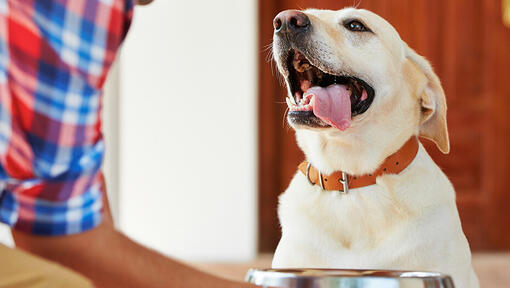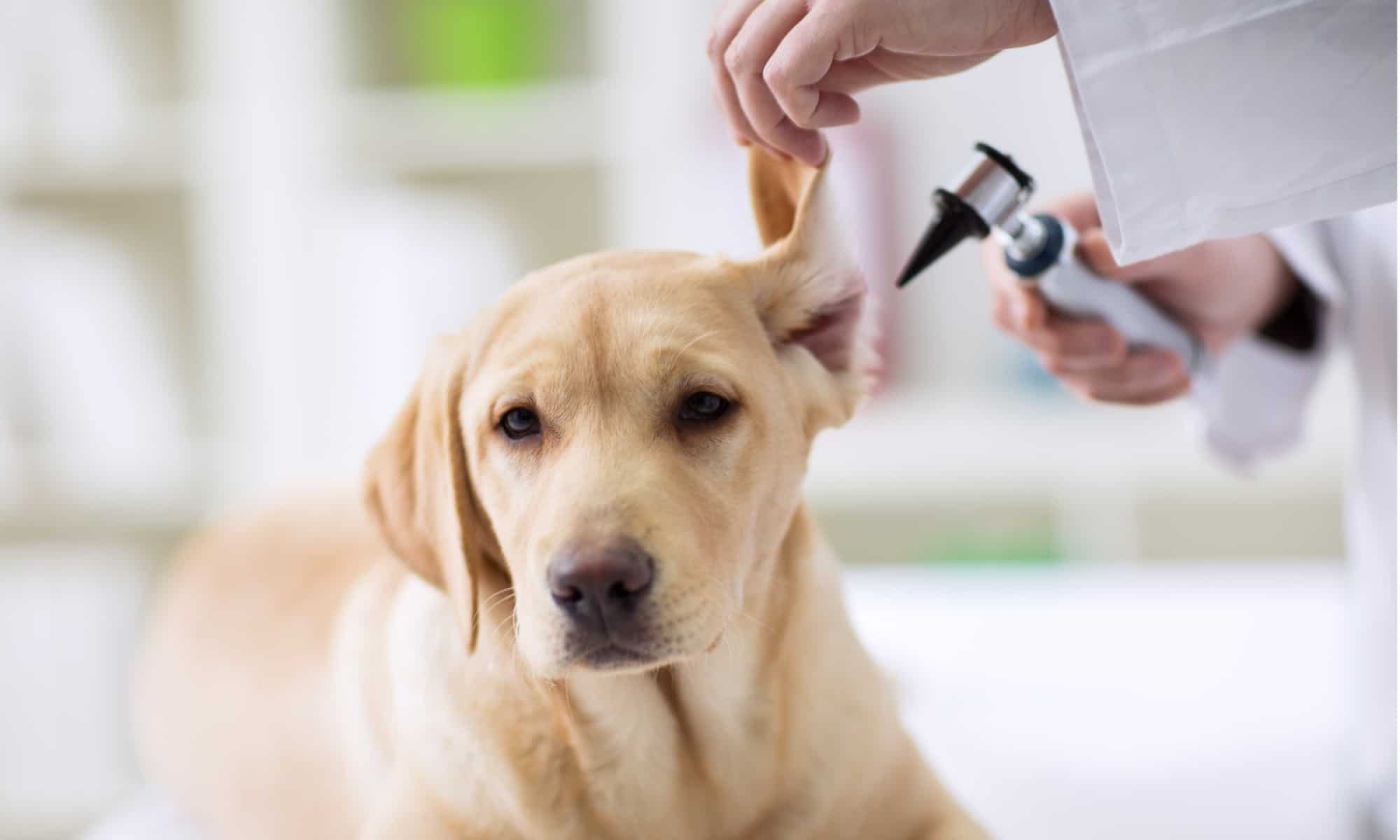
The Labrador or the Labrador Retriever is one of the most popular dog breeds in the world. If you have seen one, I am absolutely sure you would agree with the rest of the world.
They are literally angels. I am not exaggerating. Some of the most used words to describe them are sensitive, friendly, loyal, playful, well, basically anything that makes a good dog great.
General info about Labradors
Labrador Retrievers are considered medium to large breed dogs with lifespans ranging from 10-12 years. Their average weight ranges from 25-35kg and their height is around 50-65cm.
They have a short and smooth coat that usually comes in colours like yellow, chocolate or black. Well, do you think because they have short coats, they don't really shed that much? I am sorry but you are so wrong. They shed A LOT!
Because of that, they have to be brushed regularly with a comb or bristle brush. Once in a while, it is recommended to send them to a professional pet groomer for deep cleaning and trimming.

Are Labradors good family dogs?
Absolutely! They are the perfect family dogs.
They are incredibly affectionate, especially towards kids! Not to mention, they are one of the friendliest breeds. You will be amazed at how they just become friends with other pets, heck they will even give the biggest smiles to strangers on the street!
Their temperament is so gentle and playful, that it is rare for a Labrador to show any sign of aggression. However, because they shed so much, it might be an issue if you are prone to allergies. Other than that, they are perfect!

Taking care of a Labrador puppy
Labrador puppies are extremely active and prone to eat things they shouldn't, like socks, shoes, and furniture. Sometimes they LOVE going into the garbage bins to sniff things around too! That is why it is important for them to go through puppy training and obedience training so they know how to behave and socialise with others.
Nonetheless, we have to pay attention so they are not jumping too high or running too hard because they might put too much pressure on their developing joints and might cause joint issues when they grow up.

Feeding your Labrador
Being a large breed dog means they have very fast growth spurts, so Labrador puppies should be fed premium large breed puppy formula that is NOT grain-free until they are 1 year old. After that, they should switch to high-quality adult formula.
Why can’t I feed them grain-free dog food?
According to PetMD, grain-free dog food contains peas, legumes, and lentils which are the top five ingredients that are linked to heart conditions like nutritional dilated cardiomyopathy. This condition causes the heart to become dilated and unable to function properly.
How much do I feed them?
Labrador Retrievers should be fed twice daily, usually in the morning and evening. They are known to be very fast eaters so it is recommended to use a slow feeding device.
By slowing them down, we can prevent stomach upset and regurgitation. Also, since they are a deep-chested breed, eating too fast can cause bloating or worse, the stomach might twist on itself!
The Guide-Retriever-health-risks-in-malaysia-and-how-to-manage-them">Malaysia" id="">feeding amount should be based on the feeding guidelines on the bag of the large breed formula. Or even better, try talking to your vet about this to manage a healthy weight for your furkids.

Keeping your Labrador active indoor or outdoor
Energetic and playful, Labradors need at least 2 hours of exercise daily to keep them happy and healthy.
Historically, they were fishermen’s helpers in chilly Newfoundland, Canada. This explains why most Labradors LOVE swimming and the great outdoors. Basically, any kind of outdoor activity is their favourite activity.
But if they had to be left indoors for some time, try to leave them with stimulating dog toys and chew toys as they love to have something to gnaw on.
Making sure your Labrador is healthy
Just like any other dog breed, Labrador is susceptible to diseases. However, there are some diseases that are more common for this breed. Let’s take a look at the 3 most common ones!
Ear Infection

One of the most common conditions is an ear infection. Due to their love of swimming and the way their ears hang down loosely, moisture and wax often get trapped and this is the perfect breeding ground for infections.
Some common symptoms are redness of the ear canal, brown or yellow debris in the ear canal, head shaking or head tilt. However, this can be easily prevented by implementing an ear cleaning routine every 2-3 weeks with an ear cleaner that has a drying agent.
Nutritional Dilated Cardiomyopathy
Another disease is a heart condition called Nutritional Dilated Cardiomyopathy. While a mild condition is asymptomatic, if the condition worsens, it could be really severe with symptoms like rapid heart rate, difficulty breathing, cough, collapse and even death.
There are studies that show the risk is higher if they are fed a grain-free diet. So, make sure you choose a well-balanced diet that includes grain for your Labrador.

Joint conditions (hip dysplasia)
Joint conditions, specifically hip dysplasia is a hereditary condition in certain large breed dogs. Canine with this condition would limp in pain while standing or walking. In more severe cases, it could lead to arthritis and muscle atrophy.
Despite being a hereditary condition, we can prevent or slow down the deterioration by giving them supplements when they are young.

Now, if you are thinking of getting a Labrador in Malaysia, there are multiple ways to do it. One of them is to import your Labrador from overseas. You can also buy them from a reputable local breeder or simply, adopt them. Rather than spending HUGE amount of money, isn’t it more practical to adopt them from local shelters? You get what you want without breaking the bank and the doggo gets a second chance in life. :)
Being a pawparent definitely has its challenges. Other than having to spend time and energy with your furbabies, there are also the expensive vet bills that could eat into your budget. This is where Oyen Pet Insurance comes into play. We help you with the bills, farewell costs, and many more so you can just focus on loving your pets. Check out the details here!

















